MercoPress. South Atlantic News Agency
Environment
-
Friday, January 6th 2012 - 07:05 UTC
Chile’s forest regions on fire; six fire fighters killed; Piñera to apply anti terror legislation

Chilean President Sebastian Piñera invoked anti-terror legislation after at least six fire-fighters died in a wildfire he believes was started deliberately.
-
Friday, January 6th 2012 - 06:45 UTC
Heavy rains and mudslides threaten Rio do Janeiro; 35.000 residents displaced
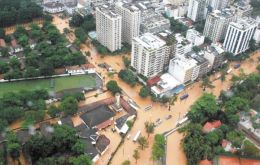
Brazil's Rio de Janeiro state placed emergency teams on maximum alert as heavy rains that have displaced 35.000 residents were forecast to continue, reviving fears of mudslides and flooding that killed about 900 people last year.
-
Wednesday, January 4th 2012 - 17:41 UTC
Hybrid sharks in Australia indicate animals are adapting to climate change
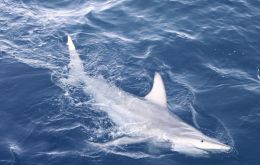
Researchers have discovered the world's first hybrid sharks in Australian waters, indicating that animals are adapting to climate change for survival.
-
Wednesday, January 4th 2012 - 17:37 UTC
Pale octopus and yeti crabs found surrounding hydrothermal vents near Antarctica
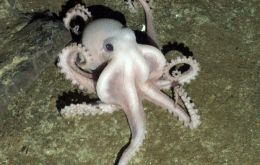
Communities of species previously unknown to science have been discovered on the seafloor near Antarctica, clustered in the hot, dark environment surrounding hydrothermal vents.
-
Wednesday, January 4th 2012 - 05:47 UTC
Piñera announces partial reopening of Torres del Paine Park under strict controls

Chilean President Sebastián Piñera assured on Tuesday that several forest fires in Torres del Paine, Chilean Patagonia, were “under control” and announced that the national park will partially reopen as of Wednesday. It has remained closed since last Friday when the fire went out of control.
-
Tuesday, January 3rd 2012 - 00:52 UTC
Piñera says Torres del Paine fire under control; 12.795 hectares lost to the blaze
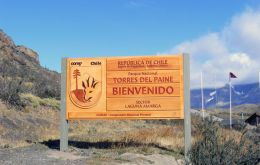
The fire that broke out in the Chilean Patagonia Torres del Paine national park forest is under control due to the effort of hundreds of fire-fighters and improved climatic conditions, Chilean President Sebastián Piñera announced Monday afternoon.
The Israeli citizen accused of having caused the fire denied his involvement. -
Monday, January 2nd 2012 - 03:46 UTC
Victory for Chavez in arbitration with Exxon Mobil over assets’ nationalization

An international arbitration panel has awarded US oil giant Exxon Mobil Corp 908 million dollars in compensation for Venezuela's 2007 nationalization of assets, less than 10% of what it sought in a dispute that pitted a top global oil company against one of the world's largest oil exporters.
-
Saturday, December 31st 2011 - 03:26 UTC
UK awards 46 offshore hydrocarbons exploratory licences in controversial areas

UK government has awarded 46 new offshore exploratory drilling licences to firms, including Shell and Centrica, looking for oil and gas. The awards were initially held back due to environmental concerns.
-
Friday, December 30th 2011 - 21:17 UTC
Forest fire in Torres del Pain out of control because of the strong winds
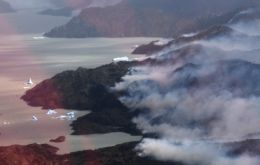
Chile declared on Friday “catastrophe zone” the extreme south province of Ultima Esperanza where a forest fire, so far out of control, has ravaged over 9.000 hectares of pristine flora from the Torres del Paine national park.
-
Thursday, December 29th 2011 - 23:12 UTC
Tourists evacuated from Torres del Paine park threatened by forest fire
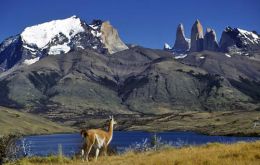
Twenty tourists had to be evacuated from the Torres del Paine national park in Chilean Patagonia following the outbreak of a forest fire that has extended to over twenty hectares because of strong winds and difficult access for fire-fighters, reports the local press.
